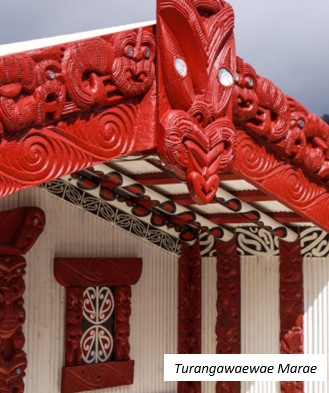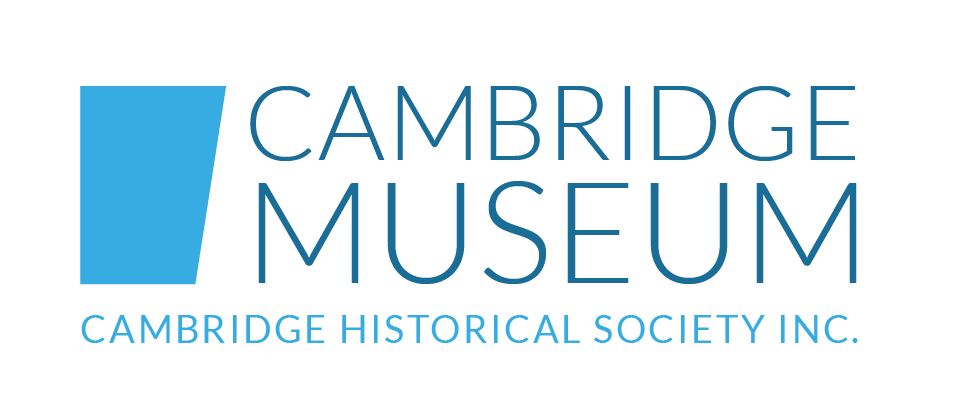Te Ihingarangi – Chapter 2
-
 Part 2 of a history of the Karapiro-Maungatautari area by Te Kaapo Clark and Lyn Tairi 1992. To read Chapter 1, please click here.
Part 2 of a history of the Karapiro-Maungatautari area by Te Kaapo Clark and Lyn Tairi 1992. To read Chapter 1, please click here.
1400
Ko Ngati Kahupungapunga
“Tawhao, a descendant of Hoturoa who lived at Whaingaroa, married Punuiatakore and Marutehiakina, who were sisters. Marutehiakina gave birth to a son, Whatihua, just before Punuiatakore gave birth to her son, Turongo. Intense rivalry grew between the brothers, both proclaiming they were tuakana; Whatihua because he was first born and Turongo because he was born to the first wife and elder sister. This rivalry culminated in Whatihua outwitting Turongo to gain the love of Ruaputahanga from Taranaki. Ruaputahanga was the daughter of Hou-tae-po and descendant from Turi, commander of the Aotea Waka.
After Whatihua had won Turongo’s fiancee and married her, Turongo left Whaingaroa. He travelled to Heretaunga (Hawkes Bay) where he fell in love with Mahinarangi, daughter of Tuaka and Te Angiangi and directly descended from both Kupe, of the Matahoura Waka and Paikea, of the Horouta Waka. When Mahinarangi and Turongo were married, Tawhao persuaded Turongo to return to Kawhia. Mahinarangi, who was pregnant, was to follow when Turongo had established a home.
Tawhao gave Turongo all his lands “on the eastern and inland side of the Pirongia and Hauturu ranges with the northern boundary on the Puniu River”1. Turongo, with some of his people, built a kainga on the banks of the Manga-o-rongo (near Otorohanga) and named his new house Rangiatea in memory of the homeland in Hawaiki. Mahinarangi started to make her journey to Rangiatea, but stopped at Okoroire (near Matamata) to give birth to her son, Raukawa.
This area was occupied by Ngāti Kahupungapunga; they had penetrated inland from the east coast and established settlements “at least six generations before the Tainui people penetrated inland.”2 Ngāti Kahupungapunga had spread north and south from Okoroire; down the Waikato River to the junction with the Waipa River (now Ngaruawahia), and to Otorohanga, Parawera, Atiamuri and Taupo.
Thus Raukawa was born among his mother’s iwi. Raukawa was betrothed to Turongoihi who was probably born at the same time and place. After the birth, Mahinarangi continued her journey. Turongo met his family and took them home to Rangiatea where they lived peacefully with their neighbours, Ngāti Kahupungapunga. Turongo and Mahinarangi are commemorated by the houses that bear their names and stand side by side at Turangawaewae Marae.”
Published in the Cambridge Historical Society Newsletter December 2020.
